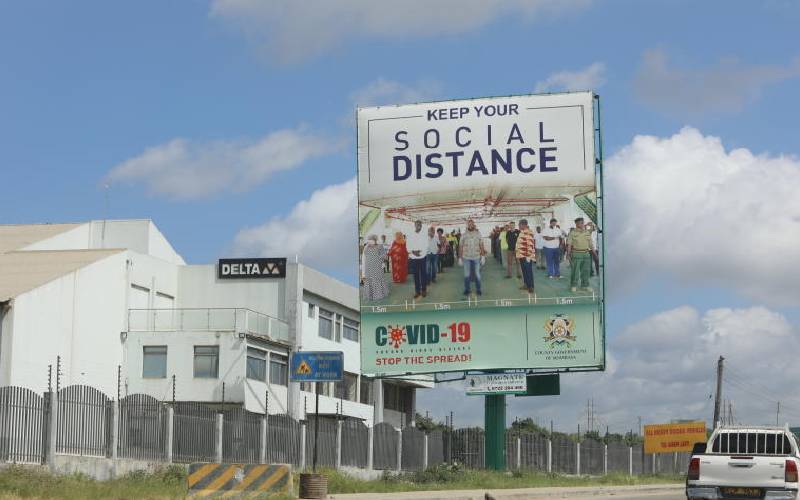×
The Standard e-Paper
Smart Minds Choose Us

It will be exactly six months on 13, September since Kenya reported its first case of Covid-19.
Since then, it has been a whirlwind for brands and the media as they figure out what has now become the ‘new normal’ - a term being used to define circumnavigating the Covid-19 business environment.